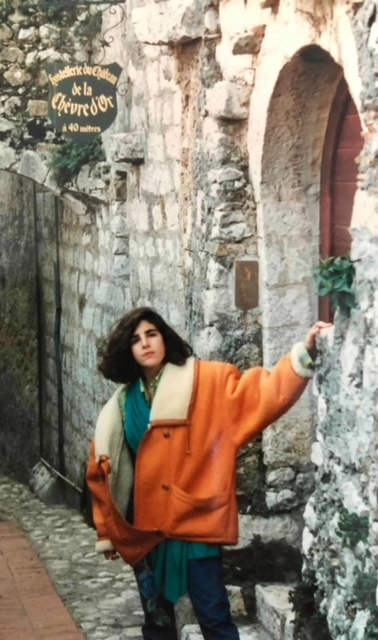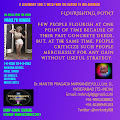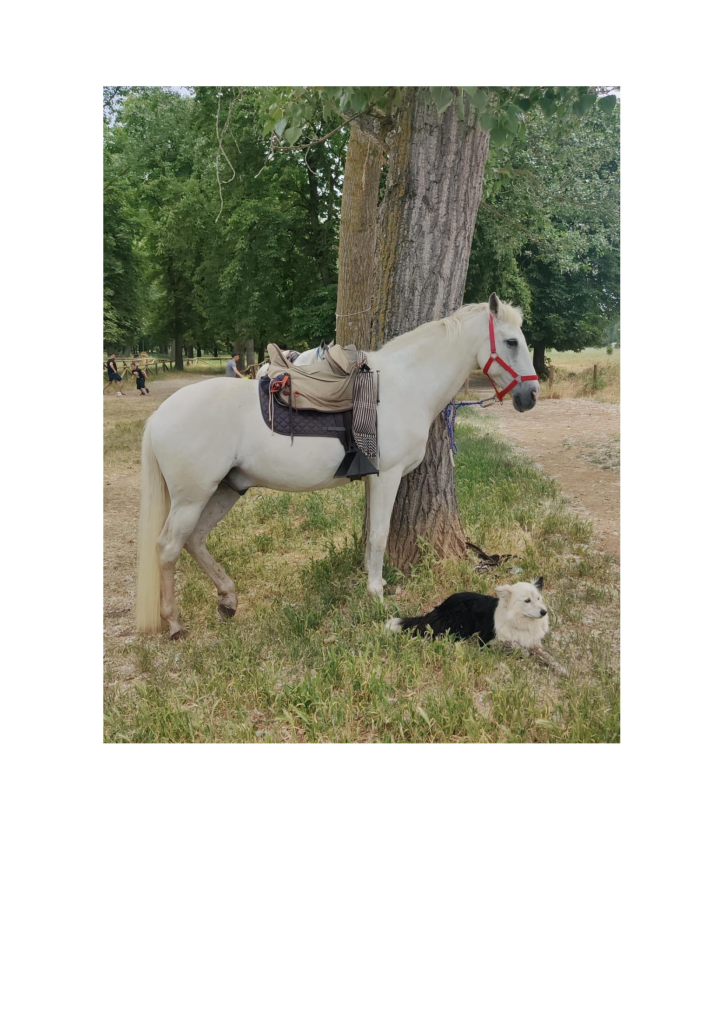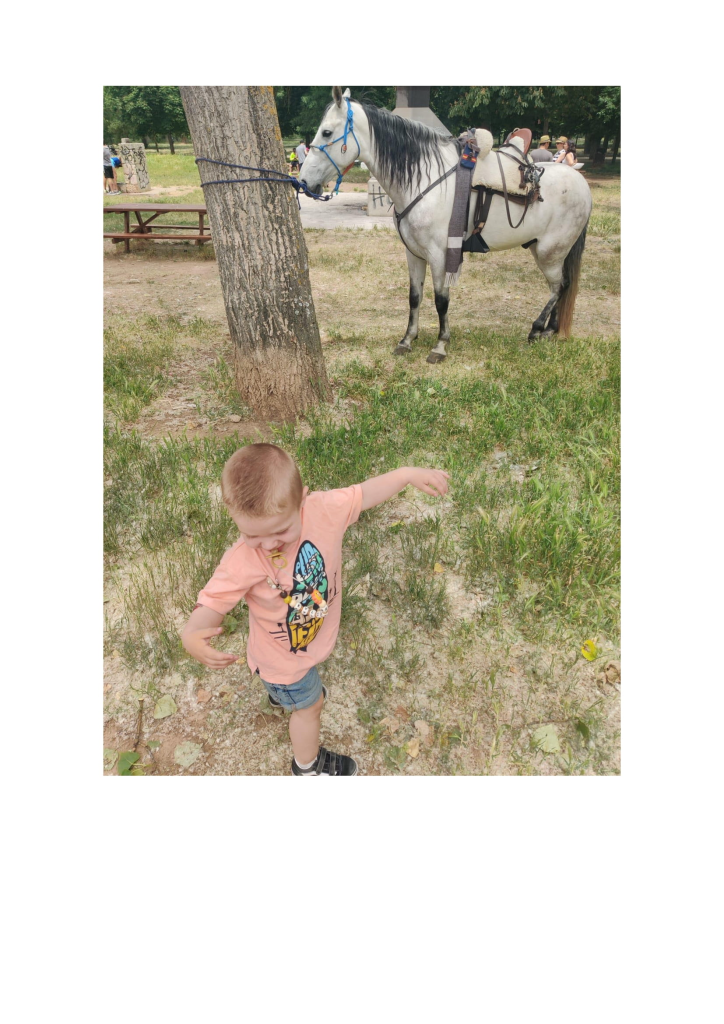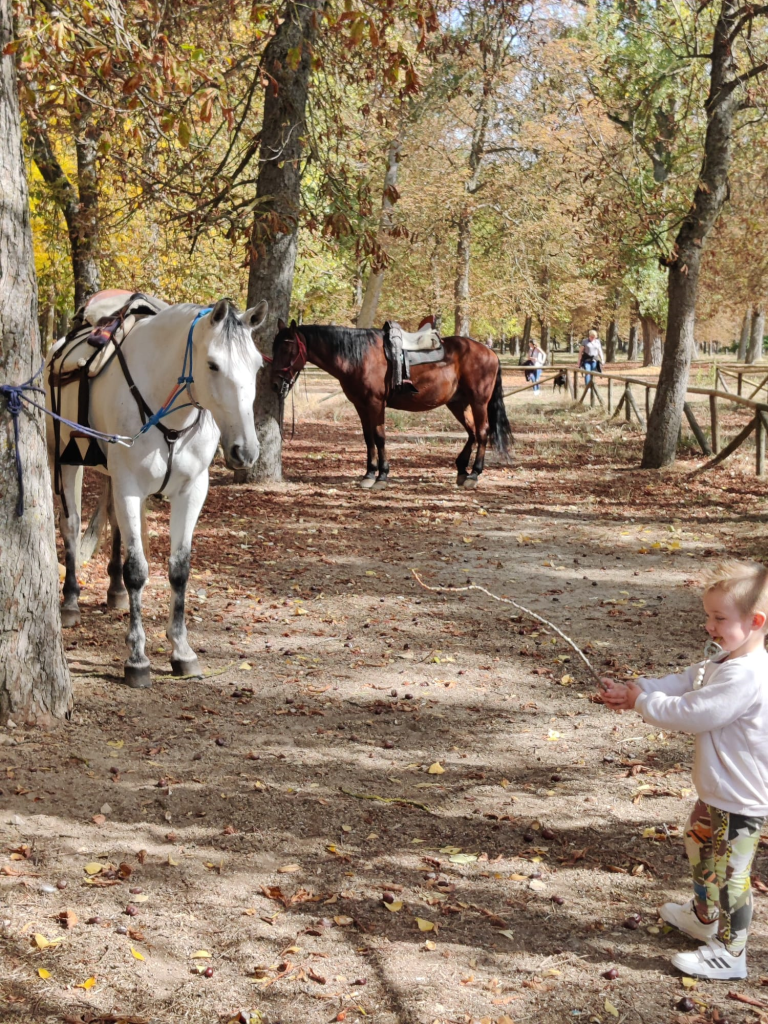CHOISM
(Article with few examples)
By
Dr. Mantri Pragada Markandeyulu, Litt.D.,
(eMail: mrkndyl@gmail.com)
+91-9951038802
Hyderabad (Telangana state) India.

In future, more and more articles on choism could be separately, each item post, written and posted. This choism article is only an article, to begin with, because people/readers should be able to understand what is what about choism.

Choism in other words, the following, I think could be appropriate.
C = Culture, Arts, Painting and Sculpture
H = Harmony, Hospitality, Hygienic and Hopefulness
O = Optimistic, Open Minded, Opportunity, and Obedience
I = Integrity, Inter-action, Influence and Informal
S = Synchronize, Sanctity, Supportive and Submissive
M = Management, Morality, Meaningful and Methodology
To start with a small note like an article, we can discuss, in a phased manner, all the things connected with choism i.e., of course a one’s choice of thinking, frame-of-mind and the mind wavelength as per the geographic and environmental living conditions pertaining to the respective country people, their culture, education, living conditions, economic condition, political environment, trade and business, agriculture, arts, science and technology, research and development, industry, entertainment, and more than all, constitutional frame-work and its updates from time to time in this 21st Century. Of course, these could be discussed through an expression of an art or a tool or a symbol, through which one can express their opinion or can develop through various ideologies, one can opine. As everybody knew well, that the Artificial intelligence (AI) is take a good shape in this 21st Century, as an advanced tool, where one can get much more content developed than a human-mind. But, only human-mind can develop much more content through an image or art or a photo-like-drawing, in many fields and branches, as mentioned above.
This choism covers wide range of fields, to say, unending fields in this world countries, where one can express his mind thoughts clearly based on an art or a photo or a painting etc.
Through choism, each and every person can get educated, understand, and know about various aspects of things going on in this world. To be precise, this is only the beginning of the choism. Many people in this world, are uneducated, unemployed, poor and have no shelter, food and cloths even. Below average poverty line-based countries are more. Many people reside in rural areas, Thanda’s and in remote forest areas, as many live in tribal areas. Most people in these backward areas does not know how to read, write. The choism, if becomes known-well and popular as like Artificial Intelligence (AI, as every educator knew well, the choism in the visual form of art, painting or drawing or through an image could well be understood by a tribal or a person living in the remote and forest areas. To say for example, as an author, I will give an example, to make you more understand what the choism is.
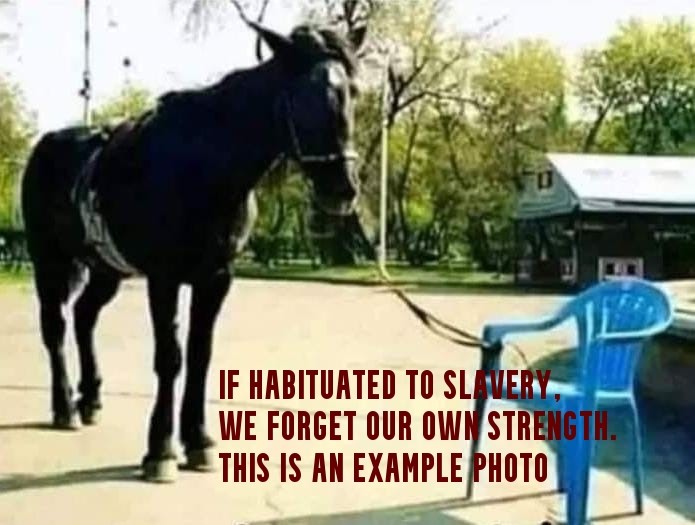
If habituated to slavery, we forget our own strength.
Everybody is able to understand the content by seeing this photo. One should not forget our own strength. One should not feel degraded. One should be able to develop more content under this choism. Many articles could be generated, as per one’s own thoughts generated from the mind, from time to time. The mind thoughts generate each day new one as per the prevailing environmental situations.
Ideas depend upon the geographical conditions, living conditions, working conditions, etc. Each individual could be able to generate good content and make good stories and make articles based on this photo choism.
Another example is here:

By seeing this photo, most people immediately get understand the situation. Poor people and unaffordable people suffer due to scarcity of water. Whereas, the big people and influential people use the water lavishly and waste the water. In this case, each government should have few good reforms regarding the utility of drinking water. All the people in this globe should have water facility made available. This photo can make more people to write many articles, stories and get some constitutional reforms too amended from time to time. The choism could be expressed in this art form too.
Another example could make one understand what the choism means.

This choism photo everybody is able to identify, as animals. People should be able to generate articles and stories based on these animal Photos. In a way photo contents make all people alert to create new stories. Even the Governments also should be able bring out many reforms in preserving the animal’s safety.
Another example here one can find:

I think, as an author, I need not explain details about this photo. Readers of this article only will be able to identify what this photo stands for and meant for. Even people will be able to generate articles, stories on this photo. This is, in one-way choism photo. This is not AI but choism.
Another small example is here:

People should be able to understand and know what this photo is for. Various governments should be able to bring out good reforms to safeguard the birds and animals. Constitutional changes are to brought for preserving the soft animals, birds, and wild animals. Choism means, now, people and readers shall be in a position to understand and bring out various changes in the society to enable people to safeguard and preserve these birds and animals.
This is another example of old people.

By seeing this photo, the Government and the NGOs should come forward to change the reforms to support and help old age people. To this many governments are needed to change the constitutional reforms to suit to the prevailing situations. This will make all unaffordable and aged people to live on this peacefully without any trouble and hindrance. Choism here works out through the photo art.
Do you know what this photo is reads for:

This photo of choism indicates what? I think, by this time people and readers would have understood. This is” Cigarette Smoking is Injurious to Health”. There should be a change in the society and in the people. Even for this, all the Governments should make few Constitutional changes in the existing reforms, regarding publicity, advertisement etc. Even in movie theatres and TVs, government should be in a position to order for publicity releases of advertisements like this. This is 21st Century. If the things are not controlled, the future generations would suffer.
To suit to the needs of the various Government Departments in any government, Constitutional Reforms are to be changed or amended in this 21st Century. Old framed Constitutional Reforms are to be updated, as the entire Science & Technology has vastly developed. This could be explained through the art of choism which is also good compared to AI. Because, the human beings’ brain will work buy seeing the photos. People by seeing few photos, paintings, culture, sculptures, can generate their new ideas instead of fully relying on Artificial Intelligence (AI).
Another important example.
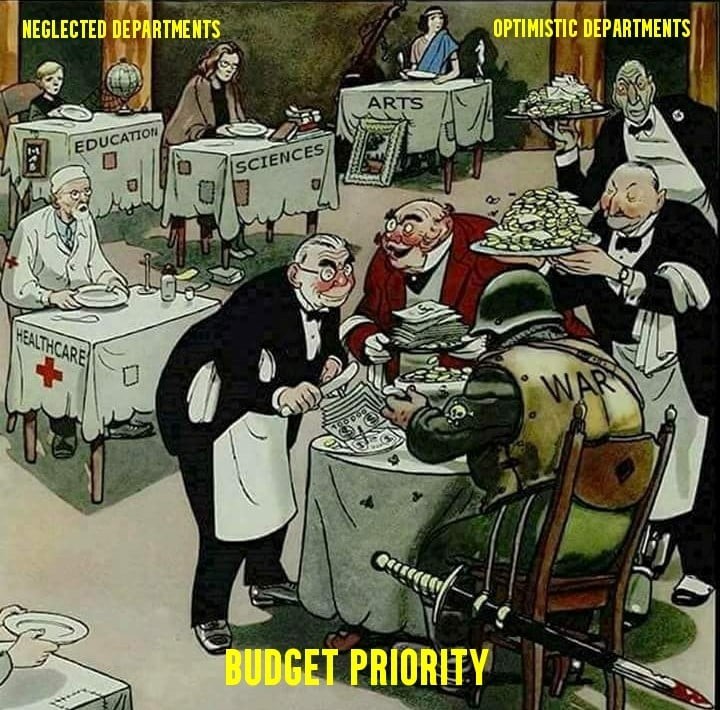
EDUCATIONAL INSTITUTIONS AND THEIR GOVERNANCE
VISION ON HIGHER EDUCATION
Education System Needs Sophisticated Polishing and Professional Approach and Outlook
Engineering, Computer Sciences, Management, Bio-Medical, Bio-Technology, And Other AICTE Courses Including Various Diploma Courses Needs Professionalized Coaching with Facilities/Infrastructure and Expertise Faculty, Which Is at Present Just Average.
Now-a-days Education System needs to be revamped. The Admission Process to various UG Technical and PG Technical courses, including Management and other professional courses of Council for Technical Education (CTE)
Engineering, Computer Sciences, Management, Bio-Medical, Bio-Technology, And Other AICTE Courses Including Various Diploma Courses Needs Professionalized Coaching with Facilities/Infrastructure and Expertise Faculty, Which Is at Present Just Average.
VISION ON HIGHER EDUCATION:

UNIVERSITY BRANCH AT DISTRICTS
As like Gram Secretariat set up in each District, why can’t all the Universities to have a Branch in each District of each State? This will increase literacy standards & establish good Governance and Administration.
All universities to have a Tie-up/MoU with global universities for facilitating students to go in for higher education, both regular and distance mode education. This is for those students who aspire and opt for such studies.
All the universities to have a Tie-up/MoU with various governments globally for job guaranteed arrangements with corporate institutions under need a special job visa program. This is for all the World Countries.
All the Universities in India to enlist all the global corporates for job provision.
All the technical managements and other professional colleges affiliated to all the universities in India have to follow strict guidelines as stipulated by the concerned technical boards/medical council/pharmacy council/Management board etc.
To strengthen libraries and encourage use of digital resources.
To concentrate on health of the students by preparing ‘health profile’.
To develop a nutritional need of students in each State in coordination with Colleges/Universities.
To include Yoga mat in the curriculum.
To encourage ‘Research & Development activities and prepare a “data bank” of research papers and activities being undertaken by each university in each State.
The need to develop non-existent courses.
To undertake improvements in making the teaching-learning process more interesting and stress-free for students.
To grow the role of technology and professional courses in all the Universities in the Country, including Deemed Universities, just be tapped to encourage more women to take up the course and also contribute to economic growth.
To explore and expedite the provision of study opportunities to NRIs, so as to tap the large revenue potential to meet growth plans.
To provide the concept of “Academic Social Responsibility” (ASR), so that the schemes of the Central and State Governments might be effectively implemented and monitored by educated people.
Universities/Colleges to encourage outstanding students in the real Research & Development activities, through submission of research papers for considering for special certificates as Motivation, which can make such students gain an edge over other students when competing for professional higher courses/job-oriented courses/jobs.
Each University to have its branches established in each District to facilitate students to have regular touch with the university for their works.
As like Gram Secretariat is set up in each district, why can’t all the universities to have a branch in each district of each State, as this will facilitate students to have rapport with their respective University. Also, there will be good Governance and Administration from the Universities.
Placement Cells at all the Universities/Colleges to be made to work more effectively, as 90% of the students looks to be average happy. These Placement Cells to be inspected by concerned University nominated teams incessantly.
Commerce and Accounts students to be provided equal opportunity to have skill developments through practical training, as like MBA and Engineering students.
Provision of Centre-State Funds support to employees’ higher job-related courses through employer with minimum norms.
To introduce E-commerce courses in all the Universities as a regular academic curriculum.
Obsolete and out-dated Courses which are of no use to students are to be discarded forthwith.
Professional courses to have uniform academic curriculum all over the Country.
Each District to have Centre-State sponsored professional job-oriented training institutions run by the government, if need arise. Private Coaching Centre Managements to be sub-contracted for this purpose.
These are only a few examples of choism. People to know what is what. People all over the world should be able to know about the choism, i.e., art, culture, photo, paintings, sculpture, music and dance, education, economics, agriculture, science and technology, trade and business, information technology, software industry and Public and Private Sector Industries.
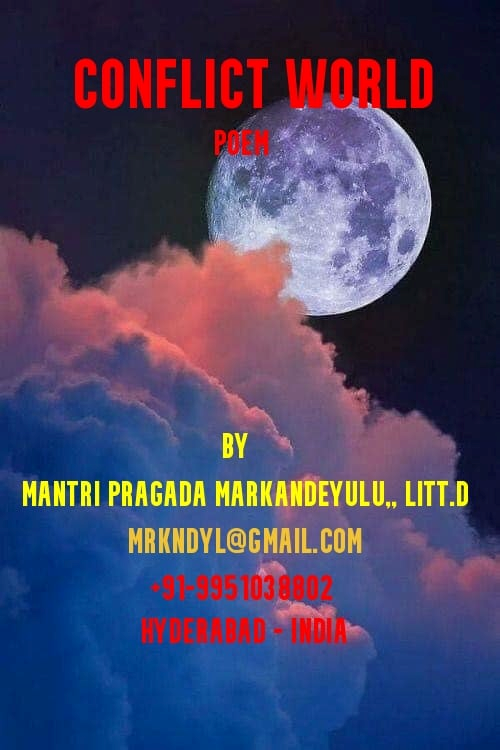
Most people should be able to generate content based on these, to some extent, at least children and youth should be able to understand the choism.
CONFLICT WORLD
What I Thought, This World Today
Is Not That World, I Expected?
Reigns of Rulers, Years Rolled
Rules Gone, Dictators Era ǁ
Combats Still in Vogue
No Day without a Conflict
Wars Became Order of The Day
Inter-Country Combats seen often ǁ
No Day Left for Intra-Party Conflicts
World Watches Ongoing Combats
Who Support Whom for Sanctions?
World War, A Day Is Not Far ǁ
War Like Conflicts seen often
People die for Power Rule
Value to Life, No Country Gives
War Can Lead to Casualties ǁ
People Gave Power, Rulers to Rule
People expected Peaceful Environment
People’s Ambition, Enact the Rule
Peoples Aspirations, Hope to Be Good ǁ
Misunderstandings are often seen
Who is not great, it’s everybody great?
All countries are great, countrymen feel so
Dangers seen with terrorism strikes ǁ
People killed through wars of terrorism
Countless casualties in war zones
Epidemics spread as people suffer
Countless loss to Lives and Properties ǁ
Lives hit through chemical bombings
Normal life dislocated throughout the world
Lost economy never regains for decades
Hopeless conditions people to confront ǁ
Government’s collapse over the years
People suffer with epidemic diseases
Wisemen decisions avoids conflicts
Ceasefire agreements stop combats for a breath ǁ
Judgments are good for peace
Who blames who, is the point of thought?
Policies are the duty of government
Efficiency of Rulers prove handling situation ǁ
======
In future, more and more articles on choism could be separately, each item post, written and posted. This choism article is only an article, to begin with, because people/readers should be able to understand what is what about choism.
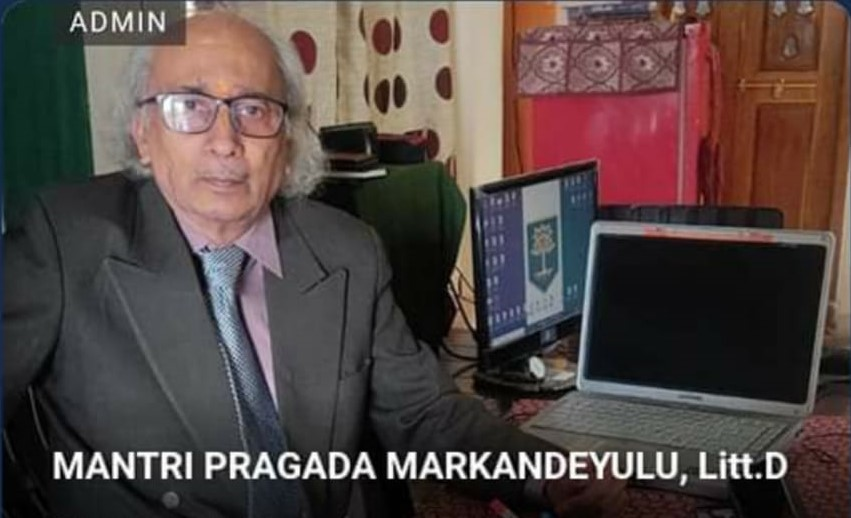
MANTRI PRAGADA MARKANDEYULU, Litt.D.,
Poet, Novelist, Song and Story Writer (The Scholar)
B. Com, DBM, PGDCA, DCP,
(Visited Nairobi-Kenya, East Africa)
(Government of Seychelles, Motivational Strips and SIPAY Journal)
- WORLD WRITERS’ UNION Peru
- Peru.
Address: Plot No. 37, Anupuram, ECIL Post, Hyderabad-500062 Telangana State – India
+91-9951038802, +91-8186945103, Email: mrkndyl@gmail.com, Twitter: @mrkndyl68

